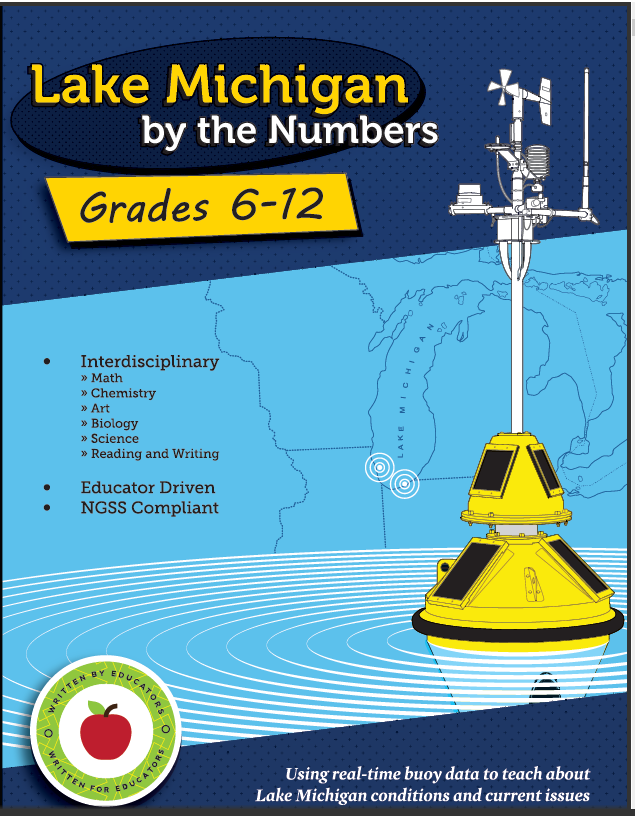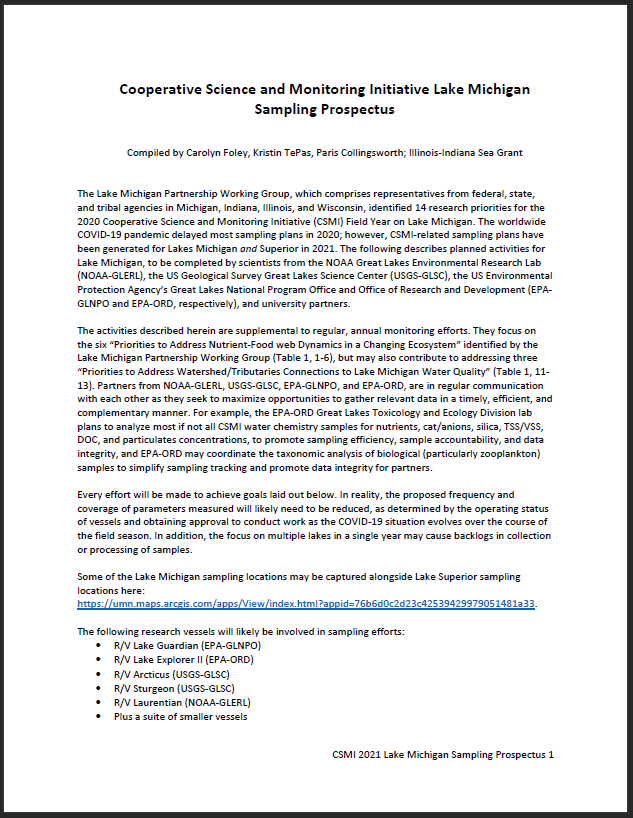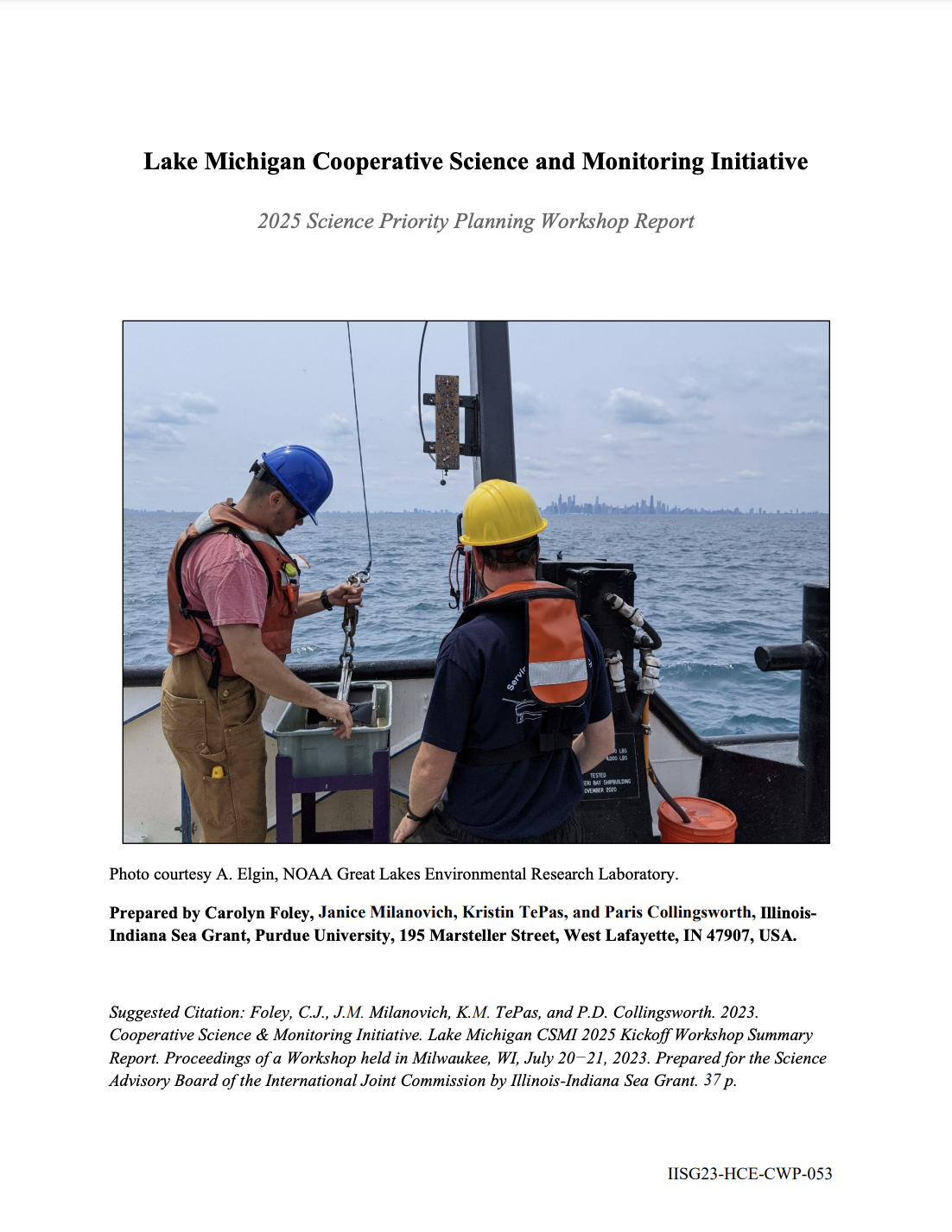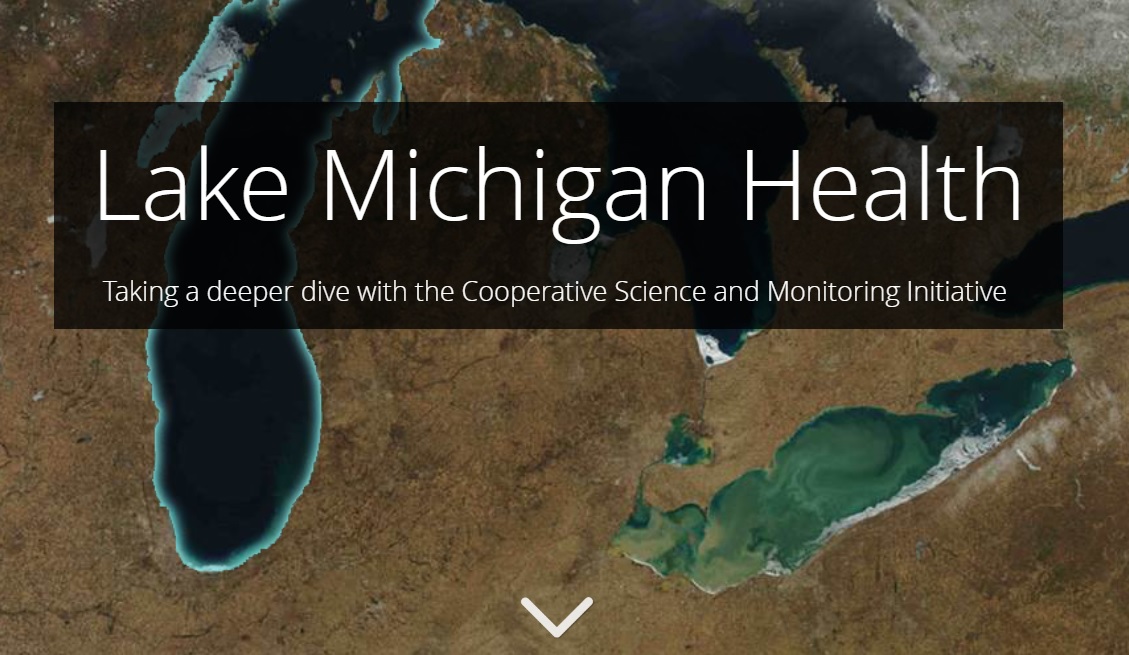Results

Year: 2019
Ecological complexity may improve ecosystem function, stability and adaptability to natural and anthropogenic disturbances. Intraspecific trophic variation can represent a significant component of total community variation and can influence food web structure and function. Thus, understanding how trophic niches are partitioned between intraspecific and interspecific processes could improve our understanding of food web dynamics.
We examined gut contents, fatty acids and stable isotope ratios in round goby (Neogobius melanostomus) and yellow perch (Perca flavescens) across six sites in Lake Michigan, USA, to determine patterns in intra‐ and interspecific trophic composition (i.e., mean gut or fatty acid composition) and diversity (i.e., the diversity of gut items or fatty acids). We also examined relationships between fatty acid diversity and gut content characteristics to understand potential mechanisms shaping individual trophic phenotypes. There was significant variation in both trophic composition and diversity among sites, and individual and spatial variation was as important to total trophic variation as species identity. Round goby that consumed dreissenid mussels had more diverse fatty acid profiles than those that consumed other benthic invertebrates, whereas yellow perch fatty acid diversity was not related to gut content composition. Our results confirm that intraspecific variation in resource use can be as important to trophic dynamics as interspecific variation, and that spatial variation in lower level food web processes or habitat may strongly structure local food web dynamics. Individual‐level examination of trophic diversity, in concert with trophic composition, could provide additional information about the resilience, function and adaptability of local food webs.
Document available through publisher’s website: 10.1111/eff.12472
File Type: pdf
File Size: 14.00 MB
Year: 2015
A curriculum for integrating real-time buoy data as a teaching tool about Lake Michigan conditions and current issues.
Download File
File Type: pdf
File Size: 173.05 KB
Year: 2021
The Lake Michigan Partnership Working Group, which comprises representatives from federal, state, and tribal agencies in Michigan, Indiana, Illinois, and Wisconsin, identified 14 research priorities for the 2020 Cooperative Science and Monitoring Initiative (CSMI) Field Year on Lake Michigan. The worldwide COVID‐19 pandemic delayed most sampling plans in 2020; however, CSMI‐related sampling plans have been generated for Lakes Michigan and Superior in 2021. This document describes planned activities for Lake Michigan, to be completed by scientists from the NOAA Great Lakes Environmental Research Lab (NOAA‐GLERL), the US Geological Survey Great Lakes Science Center (USGS‐GLSC), the US Environmental Protection Agency’s Great Lakes National Program Office and Office of Research and Development (EPA‐ GLNPO and EPA‐ORD, respectively), and university partners.
Download File
File Type: pdf
File Size: 2.35 MB
Year: 2023
This document summarizes work completed by Illinois-Indiana Sea Grant (IISG) during the summer and fall of 2023 in support of the Great Lakes Water Quality Agreement (GLWQA) Annex 2 Lake Michigan Partnership. Specifically, IISG is supporting the Lake Michigan Partnership’s activities to determine science priorities for the Cooperative Science and Monitoring Initiative (CSMI) 2025 Field Year on Lake Michigan. The work described herein was sponsored by the International Joint Commission and comprised a 2-day in-person workshop plus a follow-up, online survey. Information contained in this report is intended as guidance only. While it is primarily written to help the Lake Michigan Partnership as the group sets research priorities for the 2025 intensive field year, other researchers and entities studying Lake Michigan might find the document useful.
Download File
Year: 2019
This story map relays key findings from the 2015 Lake Michigan field year of the Cooperative Science and Monitoring Initiative. This digital, multi-media outreach tool is intended to convey research results to broad audiences including anglers, boaters, conservation groups, and other Lake Michigan stakeholders.
For more detailed information, visit Lake Michigan Health: A Deeper Dive

File Type: pdf
File Size: 839.06 KB
Year: 2023
Per- and polyfluoroalkyl substances (PFAS), a suite of manufactured chemicals with wide applications in consumer products ranging including clothing, cookware, cosmetics, and firefighting foams, are threatening the Great Lakes and Lake Champlaign region. These chemicals and their related precursor compounds have very strong bonds that make them waterproof, oil repellent, and high temperature and stain resistant. Their chemical structure also makes them very persistent in the environment, for which they are called “forever chemicals”. To explore the socioeconomic impacts of PFAS, Illinois-Indiana Sea Grant (IISG) is leading a Great Lakes and Lake Champlain regional research effort that is expected to support research to further advance the knowledge of social or economic issues related to PFAS risk, exposure, and remediation in these regions. The project advisory committee recommended a regional scoping effort to guide this effort; the purpose which was identifying and subsequentially prioritizing the knowledge gaps and potential socioeconomic barriers to PFAS efforts in the Great Lakes and Lake Champlain regions. Details of these scoping sessions are discussed in this report.
Download File
Page 2 of 3
Note: Some older Illinois-Indiana Sea Grant publications have not yet been restructured into ADA compliant formats. We are actively working on this. If you are having difficulty accessing a particular item in one of our databases, please contact iisg@purdue.edu with the name of the item and its URL for further assistance.






